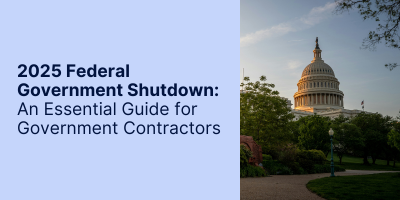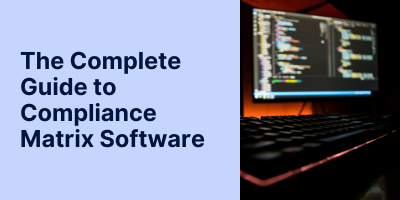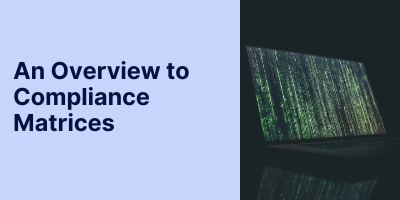One Big Beautiful Bill: Top 10 Takeaways, Trends & Predictions Government Contractors Need to Know
On 4 July 2025 the One Big Beautiful Bill Act (H.R. 1) became law, reshaping federal—and many SLED—priorities for the rest of the decade. Below are the 10 most actionable takeaways, 5 mega-trends, and 5 forward-looking predictions every capture leader, BD VP, or C-suite executive needs to anchor FY-26 pipeline strategy.
10 Key Takeaways
- Historic defense surge – FY-26 defense outlays jump 13 % to $1.01 T—the first trillion-dollar Pentagon topline—via a $150 B reconciliation add-on. Expect new starts in missiles, shipbuilding, AI/ML, and sustainment.
- Border-security windfall – $46.5 B for wall and infrastructure, plus $45 B to triple ICE detention capacity and speed removal operations. Construction, surveillance tech, logistics, and facility O&M contracts will flood SAM.gov and state portals.
- “All-of-the-above” energy—but fossil-first – Interior must reopen 4 M acres to coal, expand oil & gas leasing, and cut coal royalties to 7 %. Up- and mid-stream service providers gain; environmental-review, pipeline, and EPC firms should pre-position.
- Renewable credits accelerated sunset – Residential/commercial solar, wind & EV incentives now end by 12-31-25 (or 6-30-26 for §179D). Wind-solar developers face thinner margins; grid-modernization, nuclear, geothermal, and storage incentives survive.
- Foreign-entity (FEOC) guardrails – Projects with ≥10 % ownership or key content from China, Russia, Iran, DPRK lose federal tax benefits; claw-backs apply. Supply-chain due-diligence and domestic-source certs become proposal-killers.
- Critical-minerals industrial policy – $2 B to restock the National Defense Stockpile and $5 B in DOD Industrial-Base grants + a $500 M loan program (leveraging up to $100 B) to on-shore mining & processing. Mining, processing, and ESG consultancies see new DoD OTAs/RFIs.
- Medicaid & SNAP work requirements – States must stand up new eligibility-verification IT and case-management systems, affecting ~10-11 M enrollees over 10 years. Health IT & program-integrator vendors will compete for rapid-deployment task orders.
- Selective infrastructure boost – Water storage ($13 B), rural broadband ($10 B), aviation/ATC modernization and USA-250 events funding bolster civil-works and telecom pipelines through 2030. Expect grant-funded SLED subcontracts alongside federal IDIQs.
- Business-friendly—but conditioned—tax package – 100 % bonus depreciation and R&D expensing return, SALT cap to $40 k, and “No Tax on Tips/OT” perks lift disposable income and capital investment—yet costs charged to lobbying or political activity remain unallowable under FAR 31.205-22.
- $2.4 T deficit hit raises scrutiny – CBO projects the law adds $2.4 T to primary deficits (over $3 T with interest) this decade, ensuring future cost-efficiency audits. Contractors that quantify ROI and performance metrics will fare best.
5 Emerging Trends
|
# |
Trend |
BD Implication |
|
1 |
Security-first budgets |
Expect larger multi-domain contract vehicles (cyber-space-AI-logistics) as DoD & DHS compress award timelines. |
|
2 |
Energy pendulum swings to fossil |
Firms serving oil, gas & coal regain priority; renewables pivot to nuclear, CCUS, grid services. |
|
3 |
Supply-chain nationalism |
FEOC checks will appear in RFP Section L; primes will demand supplier attestations down-tier. |
|
4 |
Government-driven industrial investment |
Agencies act as investors (loans, grants, PPAs). Align capabilities with federally backed sectors (AI, hypersonics, minerals). |
|
5 |
Outcome-based oversight |
Higher spending + higher deficits = stronger CPARS scrutiny and cost-to-benefit scorecards in recompetes. |
5 Predictions (2025-2028)
- Defense/HLS solicitation volume leaps 25 % by FY-27, but competitive intensity rises as commercial tech firms enter the market.
- SLED infrastructure RFPs spike in border states and drought-prone regions as federal reimbursements flow.
- Traditional-energy EPC backlogs double while utility-scale solar starts to plateau by 2026 due to credit phase-outs.
- CMMC-style supply-chain attestation becomes mandatory for all DoD and GSA Schedule awards ≥$10 M by 2027
- Deficit pressure triggers bipartisan “Value-for-Money” pilot by 2028, awarding bonus fee for demonstrable cost savings; AI-enabled contractors capture lion’s share.
Practical next steps
- Pipeline alignment – Map FY-26+ forecasts to the ten funding streams above; update gate-reviews accordingly.
- Supply-chain audit – Screen vendors for FEOC exposure; create rapid-response mitigation plans.
- Compliance refresh – Tag all white-paper and outreach costs “unallowable” to stay FAR-compliant, and add a neutral disclaimer when distributing this content.
- Talent & tech investment – Upskill capture teams on high-velocity proposal automation and compliance intelligence to outpace expanding competition.
DISCLAIMER – This publication is for informational purposes only and does not constitute legal advice, lobbying, or an endorsement of any legislation, party, or candidate. Prepared and paid for solely with corporate funds by Procurement Sciences, Inc. No federal contract dollars were used.
Elevate Your Contracting Success with AI!
From finding opportunities to winning contracts and ensuring flawless delivery, our AI-driven platform empowers every stage of your government contracting process. With tailored support for Proposal, Business Development, Capture, Delivery, PMO, and Solutions Engineering teams, Procurement Sciences AI is the catalyst for achieving excellence in the GovCon sector.
Find · Win · Deliver with Confidence - Trusted by leading government contractors, our AI solution ensures your teams thrive, adapting to the dynamic challenges of the industry.
Book a Demo today to see how we can transform your contracting strategy.


%20(1)%20(1).png?width=1440&height=711&name=PSciAI-Save-time.-Deliver-faster.-Win-More-(Black)%20(1)%20(1).png)
.png)



.png)

%20(1200%20x%20600%20px).png)





-2.png)
-2.png)

